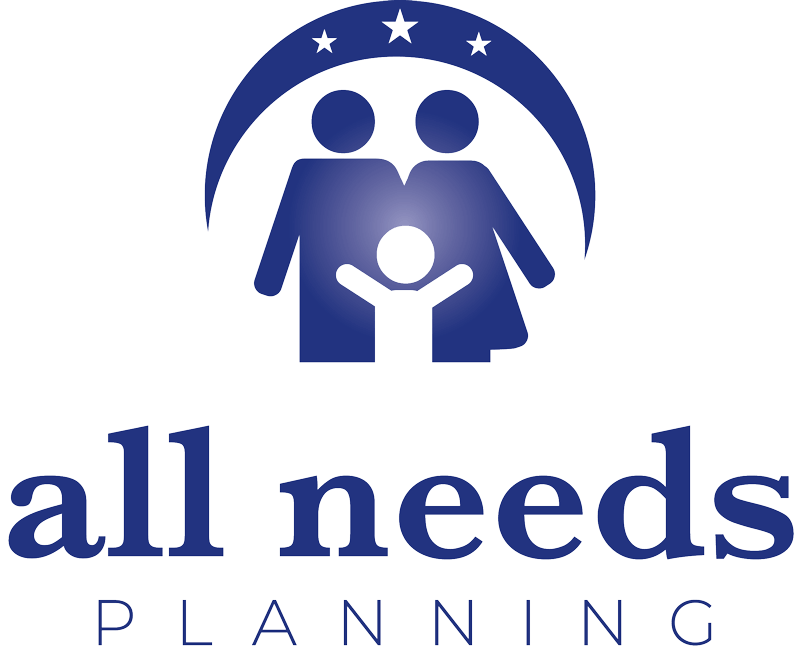
Many people with disabilities depend on Social Security, Supplemental Security Income (SSI), or Social Security Disability Insurance benefits and related health coverage.
Here is the scoop on those:
Social Security was established in 1935 and has evolved over the years. Presently, these benefits are as follows:
Social Security is an earned benefit with dedicated funding from payroll contributions paid by workers and their employers. Benefits are based on the worker’s earnings history and can be accessed as early as age 62 for a portion of the full benefit or at full retirement age for the full benefit. If you wait longer, the social security amount you receive is higher.
Supplemental Security Income provides basic income support for low-income seniors and people with disabilities, to protect against extreme poverty and help recipients meet basic needs. SSI is reserved for people with very low income and very limited assets (e.g., can have savings of no more than $2,000 for an individual or $3,000 for a couple). Unlike Social Security, SSI has no requirement for a prior work history or prior contributions.
Social Security Disability Insurance (SSDI) assists workers with qualifying disabilities, their children, and spouses. When a worker qualifies for this benefit, the worker’s spouse and child(ren) also may be eligible for monthly benefits.
Many people with disabilities and their families receive Social Security benefits based on the earnings record of a parent or spouse who is deceased (“survivors’ benefits”) or who is receiving Social Security retirement or disability benefits. Benefits are up to 50 to 75 percent of the worker’s full benefit; if several individuals receive these family or “ancillary” benefits, total benefits are subject to a family maximum that is generally 150 to 180 percent of the worker’s full benefit. Children of retired, disabled, or deceased workers may also receive benefits if they are a minor child under the age of 18, a high school student under the age of 19, or an adult who qualifies as a Disabled Adult Child.
Disabled Adult Child benefit assists many people with disabilities to live independently and can be a critical source of support for families caring for an adult child with a disability. Although only adults can qualify for DAC benefits, the benefit is considered to be a type of Social Security child’s benefit because it is paid based on the earnings record of a parent. To qualify a person must be age 18 or older, be unmarried (or married to another Social Security beneficiary), and have a disability that started before age 22 and meets the definition of disability under the Social Security Act.
The above descriptions were taken from the Social Security Administration.

